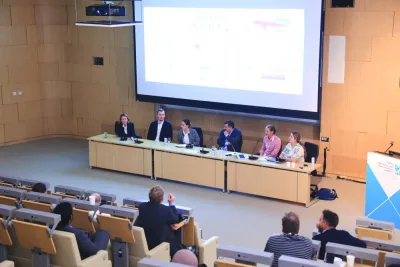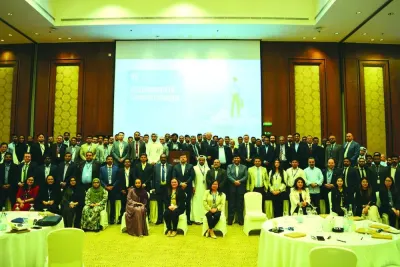A workshop to help preserve long-living herbivorous marine mammals called dugongs in the Arabian Gulf was held yesterday at Qatar University (QU).
Dugongs have a cultural and economic importance to Qataris, having been used as both an economic and food resource in the Arabian Gulf for more than 7,500 years, it is learnt.
Hosted by QU College of Arts and Sciences’ (CAS) Department of Biological and Environmental Sciences (DBES), the activity aims to share findings and information about the local dugong population, threats to its habitat and future survival.
“This workshop tackles a serious environmental issue in the country,” CAS dean Dr Eiman Mustafawi said.
He stressed that human activities such as commercial hunting threaten local dugongs due to the fragile nature of its life cycle and its reliance on seaweed
habitats.
The workshop was part of an agreement between QU, ExxonMobil Research Qatar, and Texas A&M University at Galveston (Tamug).
CAS associate dean for research and graduate affairs Dr Ahmed Ahmedna, EMRQ research director Dr Jennifer Dupont, Tamug Department of Marine Biology associate professor Dr Christopher Marshall, DBES professors and students, and representatives of the General Directorate of Natural Reserves Private Engineering Office (PEO), Ministry of Environment (MoE), Coast Guard and Qatar Petroleum also attended the activity.
“It is very rewarding for us as scientists and researchers to study these fascinating creatures so closely,” Dr Dupont said. “We are committed to understanding more about the dugong species, so we can help protect this rare species in its natural habitat with the support of the PEO and MoE.”
Dugongs consume sea grasses and can reach lengths of more than 3 metres, weigh more than 400kgs and live up to 60 years.
Qatar is home to the largest population of dugongs outside of Australia. As mammals with a low reproductive output, dugongs are listed as vulnerable to extinction by the International Union for the Conservation of Nature. In Qatar, they face challenges due to incidental fishing, habitat degradation, and other threats.



